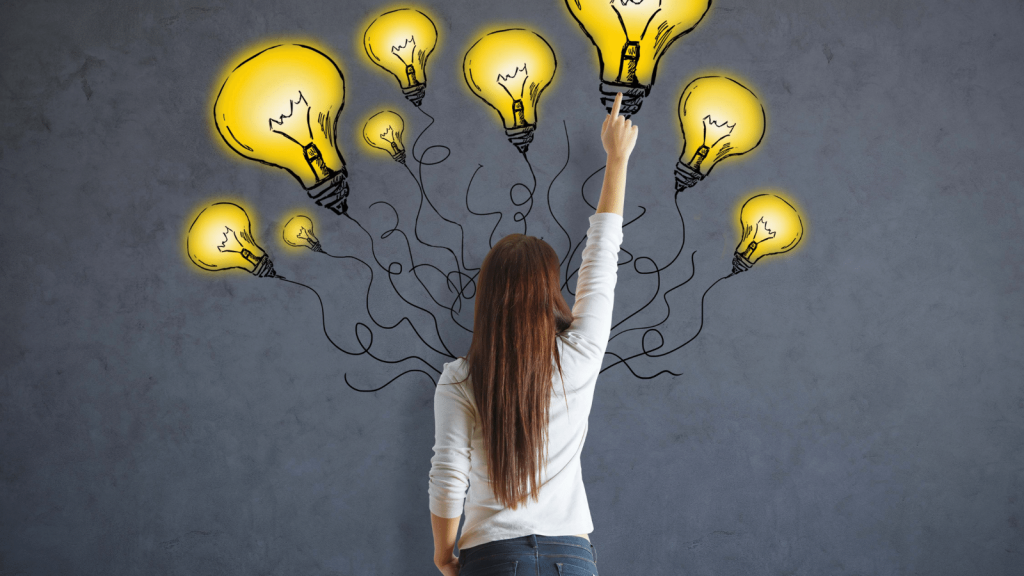This project uniquely combines autoethnography with design futuring, allowing designers to understand everyday life with a new technology before it even technically exists. We see this as an urgent need, especially given CoECI’s goal to ‘make the digital society more humane’.
In view of this, we want to activate a network around this idea: Living with Future Ideas. And implement this idea in education and research. We want to organize parallel seminars and workshops for master students of the Hogeschool van Amsterdam and ELISAVA. In addition, we want to invite speakers who have applied similar methods in their work and we want to involve design students to explore this idea in relation to their own work. From here we will gather insights into ways to teach it.
These activities will allow us to explore the potential of the method, in order to ultimately propose a Comenius education grant or post-doc proposal.
To further describe the approach, a designer integrates an aspect of an emerging technology or social problem space into his/her daily life to bring out unseen, experiential complexities of that proposed situation. The first-person perspective (1PP) they achieve leads to new design insights for the creative industry to consider the topic (e.g. AI, the energy transition, biomaterials) or for the designer himself to pursue in the next steps of his design work. Unlike the “eat your own dog food” trope where a designer tests their own product by the user, this approach is exploratory and anticipatory before a technology or solution is fully conceived – what a form of “forecasting” to the problem space related to its social complexity. It reveals practical challenges, unintended consequences or even unseen opportunities arising from everyday life, nurtured by everyday encounters with others, workplace situations, home and family life, recreation, etc. Through this approach, the designer obtains first-hand experiences of a forward-looking technology or problem space, allowing him to approach assumptions and proposed design solutions in a bottom-up way from the clutter of everyday life, as opposed to a top-down way where assumptions have not yet been questioned.



